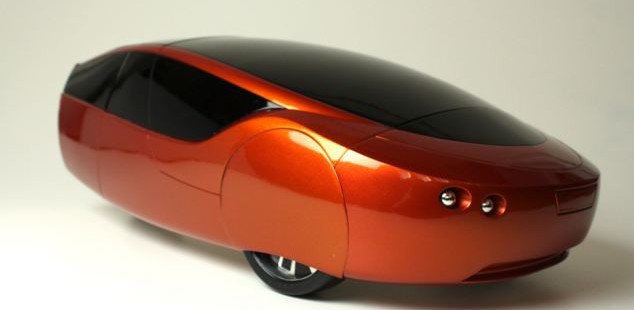Silicon Valley technologists are mythologized for birthing products in their garages, but considering the room serving as a makeshift workspace, cars are conspicuously not among those goods. Will 3D printing change that?
Will there come a day when a handful of engineers and designers in grad school are able to turn an automotive startup into a going concern, without massive factories and thousands of employees? Let’s say driverless makes vehicles lighter and cheaper and these latter-day Henry Fords dream up a better vehicle. They raise VC to purchase their own 3D printers or offload the production responsibility to companies that specifically handle that chore. Can they make a car that’s competitively priced? Can hundreds or thousands of such small-scale companies exist and compete? It’s already being tried, but can it succeed? Today’s costs make it almost impossible to envision presently, but you could have said the same of computer hardware a decade before Homebrew tinkerers began repurposing their garages.
Even if automaking isn’t markedly decentralized by 3D printers, much of manufacturing will likely be. It will have good and bad effects on the economy, as these outfits won’t produce a ton of assembly-line positions, but they will likely lower consumer costs greatly. It’s progress with an asterisk.
The opening of “How 3-D Printing Will Make Manufacturing in America Great Again,” a Newsweek piece by Kevin Maney:
If the folks at 3D Hubs are right, presidential candidates can stop fulminatingabout bringing back manufacturing from China or Bangladesh or wherever.
Technology will render such a shift inevitable. In the next decade, the whole business dynamic that makes it a good idea for a lot of U.S. companies to manufacture overseas will go poof. The very concept of a big honkin’ factory will eventually become as anachronistic as a typing pool.
Instead, companies are going to custom-make most things in small factories right in your neighborhood or town, close enough so you could go pick up your stuff, or maybe have it dropped onto your porch by a drone. Factories will essentially get broken up, scattered and made local. As 3D Hubs co-founder Bram de Zwart puts it, “Why would you put a thousand machines in one place when you can put one machine in a thousand places?”
Such is the promise of “distributed manufacturing.” The World Economic Forum last year named it one of the most important technology trends to watch. It is expected to have a mighty impact on jobs, geopolitics and the climate. And while massive distributed factories might seem a little far-fetched in 2016, a handful of companies are starting to make it happen.•
Tags: Bram de Zwart, Kevin Maney

